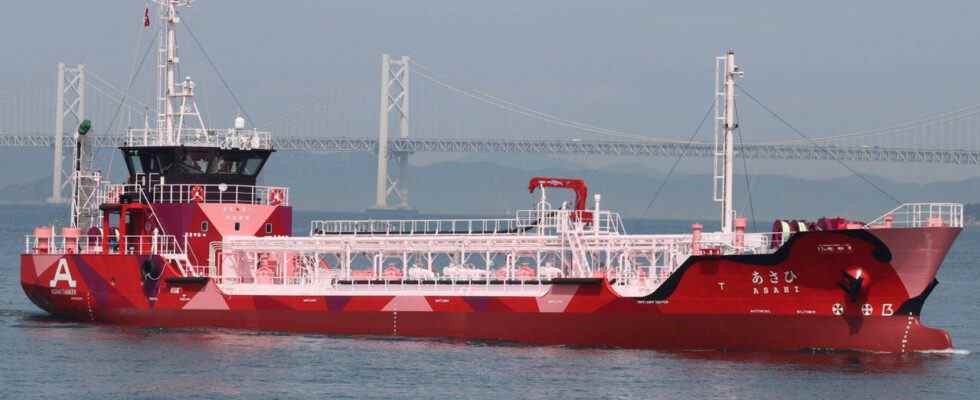Today “electricAlthough the concept of ” brings to mind cars directly, there are many vehicles that work with electricity / continue to be transformed, from motorcycles to buckets. Coming to the sea at the end of this month first electric freighter: A new one will be added with the Japanese Asahi Tanker.
Japan, the world’s fifth largest emitter of carbon dioxide, Achieving carbon neutrality by 2050 The global shipping industry, which uses oil to power ships, is accelerating efforts to reduce greenhouse gas emissions.
Electric freighter confused by range
Team leader of the Asahi Tanker EV project Makoto Sawada“The ship’s energy system is fully electrified to achieve zero emissions of carbon dioxide, nitrogen oxides (NOx) and sulfur oxides (SOx),” he told reporters on Thursday, April 14. used the phrases.
- Dimensions: 62 meters long / 10.30 meters wide
- Cargo: heavy oil
- Gross tonnage: 499 tons
- Speed: about 10 knots
- Cargo tank capacity: 1 million liters
- Engines: 2 x 300 kw main thruster / 2 x 68 kw side thruster
- Battery capacity: 3.480kWh
The ship, which has a battery capacity of 3,480 kilowatt-hours (kWh), will have a range of 100 km and will travel at a speed of about 10 knots. The ship’s range seems extremely low, but since its main purpose is to refuel other ships, it will be sufficient, at least initially.

To understand the battery capacity of the 62-meter-long tanker more clearly, you can think of it as the combination of 100 batteries in a typical electric vehicle. Capable of carrying 1 million liters of fuel, the tanker will carry cargo from refineries to large tankers or cargo ships in Tokyo Bay.
A second electric tanker is expected to join the company next year, while the tanker will be charged at a charging station built in Kawasaki’s main industrial area. About 13 million dollars were spent to build the world’s first electric tanker. In other words, it is quite costly compared to a normal tanker.
